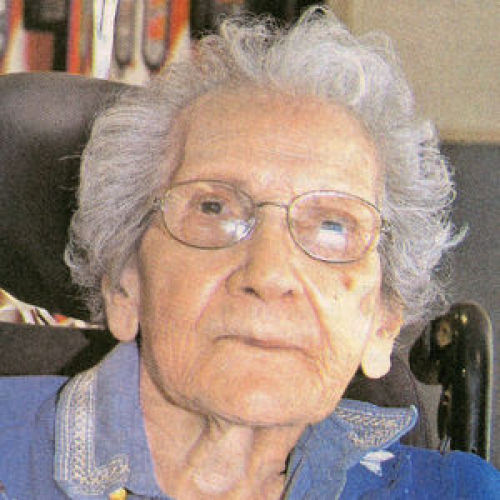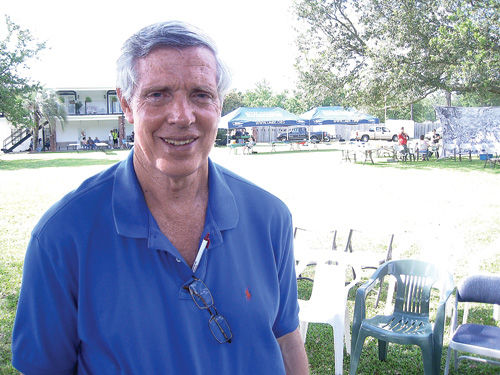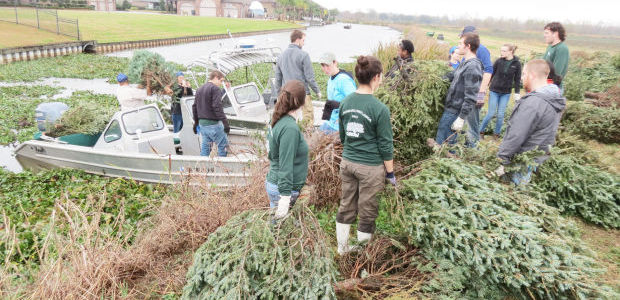
Rose Cali Sanzone
January 16, 2013
Local doc presses BP claims
January 16, 2013While some Tri-parish Christmas trees are still up in their stands, decorated for Mardi Gras, others have found a second life helping to prevent erosion in the Intracoastal Waterway.
“The (Christmas tree) cribs were built in the early ‘90s, and they are absolutely helping,” said Nick Matherne, director of the Terrebonne Parish Consolidated Government Office of Coastal Restoration and Preservation. “Satellite imagery historically shows that the cribs protect the land behind them and help build land. After (Hurricane Isaac), land adjacent to the cribs was blown away, but land behind the cribs still had its emergent aquatic vegetation.”
Matherne was among several parish employees, workers from the Barataria-Terrebonne National Estuary Program, volunteers from Bayou Grace Community Service and 18 students from Buffalo University in New York who were loading the trees onto boats earlier this month, transporting them down the Intracoastal Waterway and placing them in one of four 75-foot cribs located on the north bank of the waterway, near Mandalay National Wildlife Refuge.
“The cribs got a little beat up during Hurricane Isaac, and we actually had to turn away trees from Home Depot and Lowes,” Matherne said as one of three boats loaded with trees made its way slowly down the Intracoastal Waterway. “We are in talks to get (cribs) repaired as soon as possible.”
The tree cribs help break waves and reduce erosion in the marshes along the heavily traveled waterway. The structures also act as filters to collect sediment and build new land. In just a few hours, the group placed about 100 trees in the cribs, and the hands-on learning experience was just one of several the college students participated in as they spent the week learning about coastal restoration.
“This is the second year that we have had students from Buffalo University,” said Diane Hahn with Bayou Grace Community Services. “They are here through a joint volunteer program with BTNEP to provide alternative winter breaks for college students. They have also visited LUMCON in Cocodrie, the maritime forest ridge in Port Fourchon, BTNEP’s nursery at Nicholls and Lake Fields. They are here to learn about land loss issues, and they are a diverse group of students, all with different majors.”
Students Brianne Gertin, an environmental design major, and Davika Rattan, medical biological sciences major, served as trip leaders for the event.
“My dad has been to New Orleans several times, and he always said how beautiful it was,” Gertin said. “That’s one of the reasons I wanted to come here on the alternative spring break.”
Gertin was particularly interested in learning about how quickly the state is losing land along the coastline.
“I never knew that Louisiana was losing the equivalent of a football field of land every hour,” Gertin said. “We went on a wetlands tour and saw the land loss. The coast is disappearing, and we can see the problems the state is facing. We need to save the wetlands. You can see how this is important to the people in the community. This is their native area.”
“I know the tree project is small, but it makes a difference in the long run,” Rattan said. “You can see how much land this shields, and projects like this help to restore the state’s natural protection. I have friends in Florida and friends on Long Island who went through Hurricane Sandy and, after seeing this, I can see what they go through.”
Staff from the Barataria-Terrebonne National Estuary Program and students from Buffalo Univeristy in New York load Christmas trees that were later placed in four cribs along the Intracoastal Waterway. The students were taking part in an alternative winter break to learn more about coastal erosion in Louisiana.








